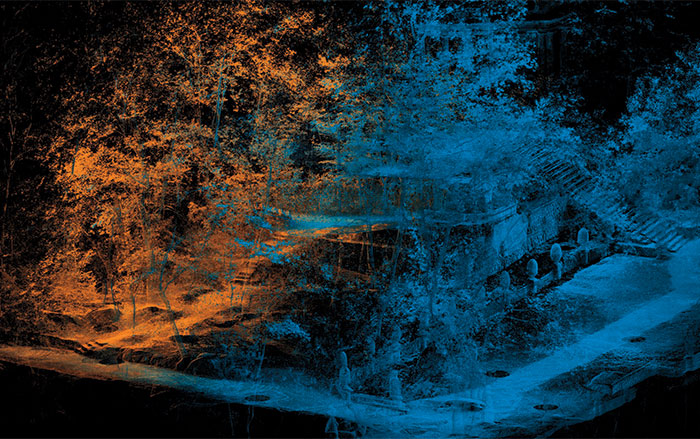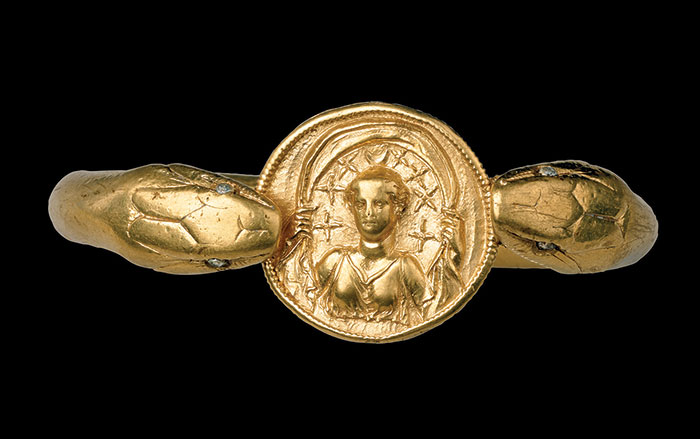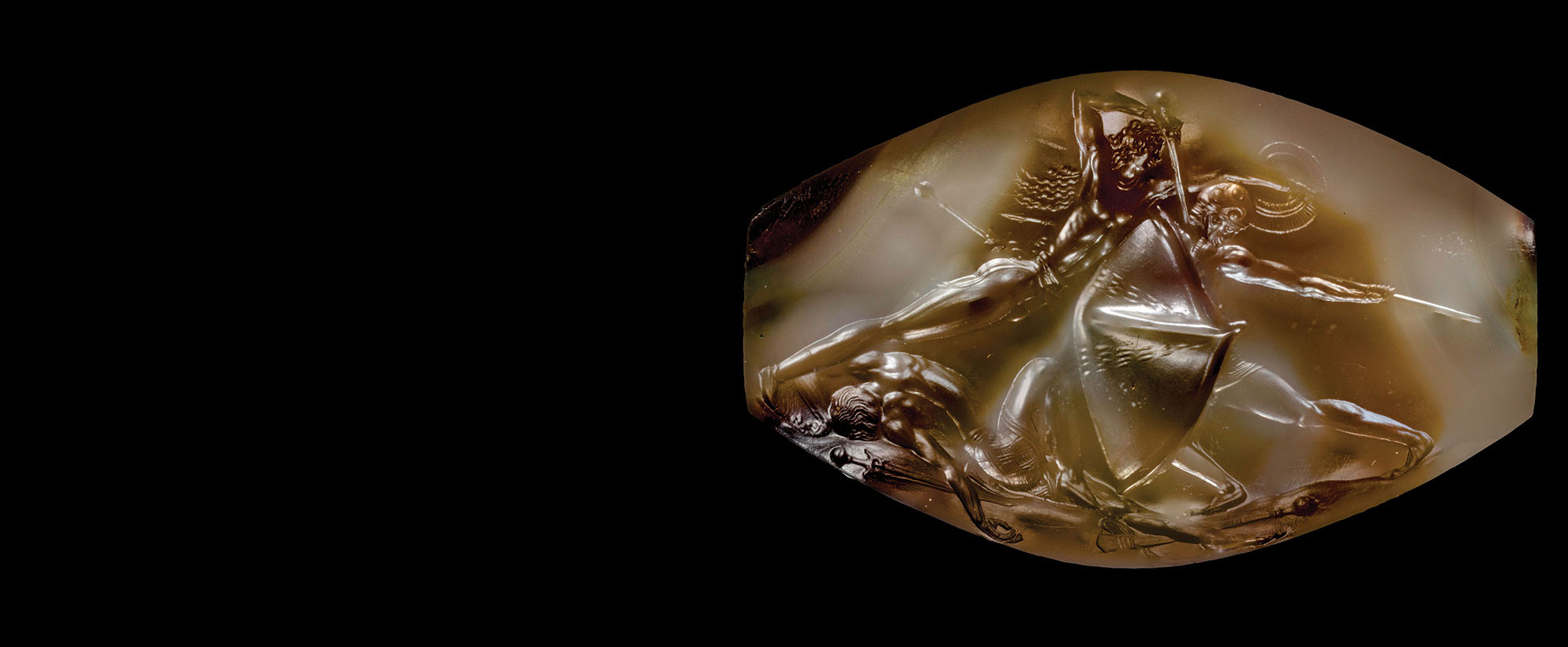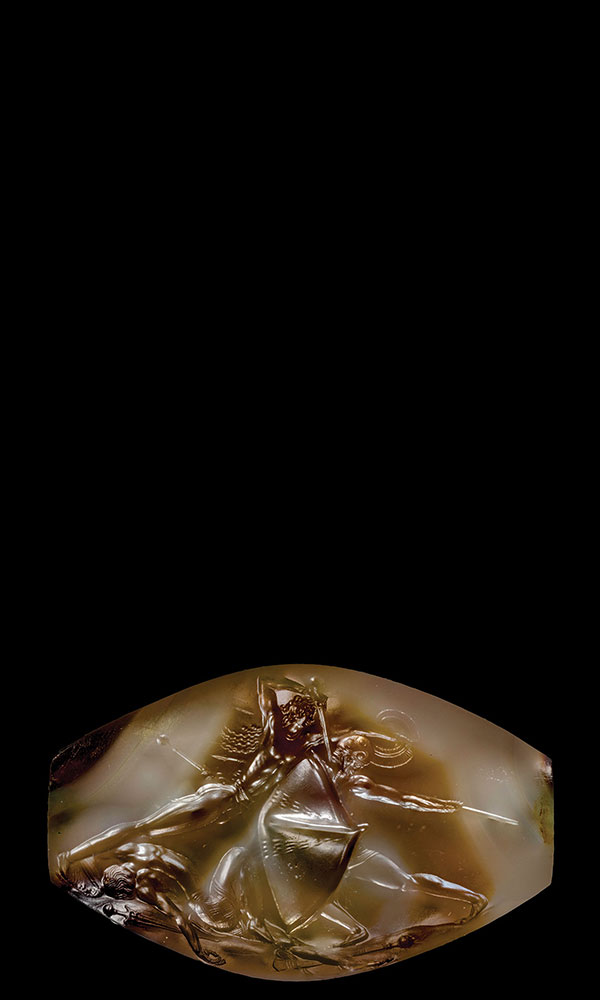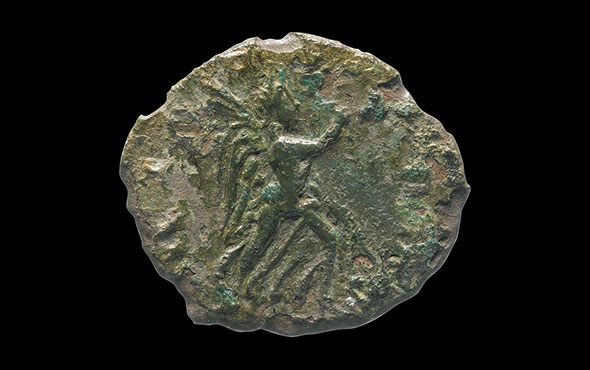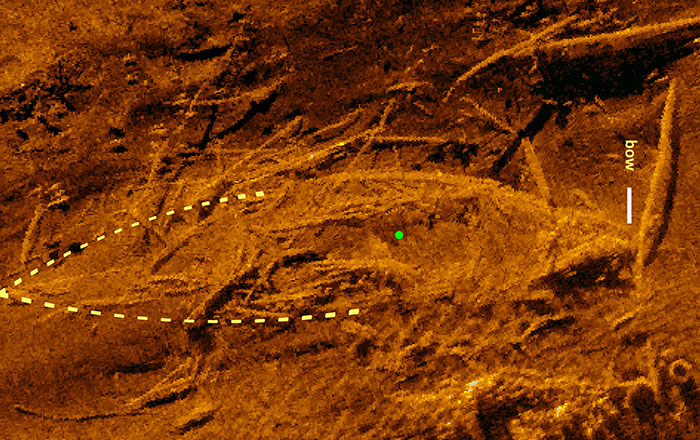
BOLZANO, ITALY—When Ötzi the Iceman died around 5,300 years ago in the Italian Alps, he was surrounded by thousands of microscopic fragments of bryophytes, a plant group that includes mosses and the flowerless green plants known as liverworts. Now a team led by archaeobotanist James Dickson of the University of Glasgow has analyzed bryophyte fragments recovered from Ötzi's clothes, gastrointestinal tract, and pieces of ice around him. Only 23 bryophyte species now live near the glacier where Ötzi was found, but the team identified at least 75 species, including ten species of liverworts, which archaeologists rarely recover from ancient sites. Dickson and his colleagues found that only 30 percent of the specimens were local plants. The rest came from lower elevations and help confirm the route Ötzi took as he journeyed to what became his final resting place more than 10,000 feet above sea level. To read about Ötzi’s body decoration, go to “Ancient Tattoos.”




